L’yarrow muscatscientific name Grass-broken yarrow subsp. moschatais a plant belonging to the family of Asteraceae. Vulgarly it is also known by the names of livia grass, tanada, mascarpine herb And genepi white. It is a close relative of the most widespread yarrow yarrow. Unlike the latter, however, the yarrow moscata is present mostly in stony places and among the rocks of the alpine regions (as regards Italy, we find it from Piedmont to Friuli), from altitudes ranging from 1400 to over 3000 meters above sea level.
This small spontaneous plant is famous above all for its aromatic properties, which have always been exploited in liqueur herbal medicine. In this article we see how to recognize and use it.
Etymology of the name
The botanical name of Grass-broken yarrow subsp. moschata has a compound etymology.
First the name of the genus, Yarrowwhich is dedicated to the Greek hero Achilles (in Greek Aχιλλειοϛ=Achilleios) that in mythology he would have used this plant to heal the wounds sustained by his soldiers in battle.
Grass-broken it derives instead from the Latin, or from herba= grass e rota= rotates, referring to the rounded shapes of leaves and flowers of the plant. Finally the name of the subspecies, moschatafrom Arabic musk= musk (or “that smells of musk”), to remember the fragrance emanating from this precious alpine plant.
Description of yarrow muscat
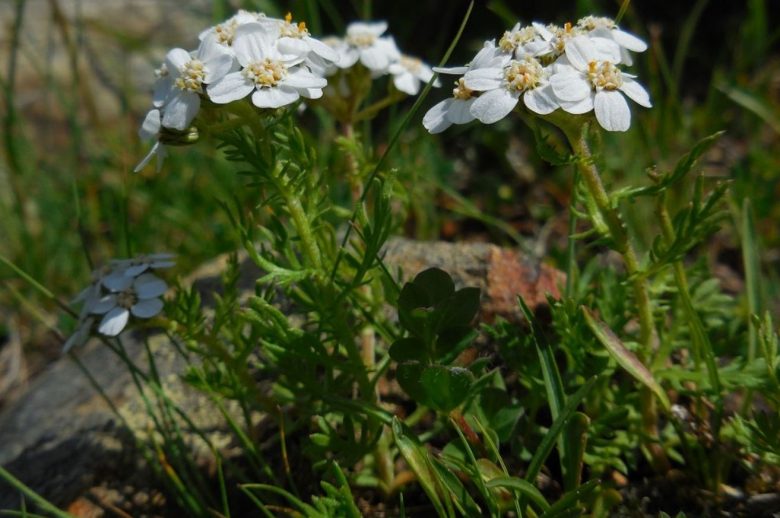
Grass-broken yarrow subsp. moschata it is a perennial herbaceous plant with the biological form of suffruticose chamaephites, with short and woody stems only at the base. The plants are small in size and do not exceed 10-20 cm in height. It is almost completely hairless, slightly hairy on the stems and on the peduncles. It gives off, especially when wrinkled, a strong camphor smell.
Leaves
The leaves of the yarrow moscata are green and fleshy. They have a pinnatifid structure, that is, they are divided into many linear laciniae, with an oval-elongated outline. The lower leaves are petiolate, the upper sessile. Their surface is dotted with glands containing essential oil which gives them their characteristic odor.
Flowers and fruits
The inflorescence, whitish in color, is formed by numerous flower heads gathered in a corymb placed at the apex of the stem. The individual flower heads are composed of 5-10 flowers, provided with a white ligule, arranged on the outside of other small flowers.
The flowering of the yarrow moscata occurs from June to August.
The fruit is a small simple achene.
Harvesting of yarrow muscat
The yarrow moscata is an increasingly rare plant, this because of the irrational harvests it has undergone in the past due to its high herbal market price.
The advice we give is that of a collection respectful of nature and limited to the use of the plant in the family.
In herbal medicine and liqueurs, the leaves and flowering tops are used. The leaves are harvested from June to the entire flowering period by cutting them off without the petiole.
The flowering tops are usually picked in July-August, making a cut a few centimeters from the ground.
How to store yarrow muscat
The leaves of the yarrow moscata dry by arranging them in a thin layer and in an airy place, avoiding direct exposure to the sun. The flowering tops, on the other hand, are dried together in bunches. The preservation takes place in glass jars, away from humidity and light.
Properties of yarrow muscat
The leaves and flowers of the yarrow moscata contain essential oil and bitter substances. The plant has aromatic, aperitif, digestive and slightly diuretic properties.
Uses of yarrow muscat in liqueurs
The yarrow moscata is one of the best known and used plants in liqueur herbal medicine. It enters as a precious and irreplaceable aromatic component in most of the classic bitter aperitifs and digestives, in liqueurs of alpine herbs, in medicinal elixirs and in genepi.
Herbal indications
The bitter, pleasant and aromatic taste of yarrow muscat stimulates the secretion of gastric juices, and therefore the appetite. It promotes digestion, with beneficial effects on the phenomena resulting from poor digestion such as bad breath, sense of weight, stomach pains, intestinal gas formation.
The plant also lends itself well as a corrective to the flavor of infusions and decoctions. Where a pleasant and pronounced bitter taste is desired, small parts can be added to the basic herbal preparation.
Home use of yarrow muscat
In domestic herbal medicine, the leaves and flowers of the yarrow moscata can be used in various preparations, with the function of flavoring, bittering, aperitif and digestive.
The simplest is the infusion, with 3 g of dry substance in 100 ml of water, to be taken at the dosage of two cups a day before and after the main meals.
The vinous tincture is also simple to prepare, obtained with 5 g in 100 ml of white wine, to be macerated for 10 days and to be consumed in small glasses after meals.
More elaborate is the yarrow elixir, which is prepared by macerating 50 g of flowering tops in 800 ml of alcohol at 50 ° for 15 days. After the time has elapsed, it is filtered and 200 grams of sugar are added. The elixir is also perfect in small doses at the end of a meal.

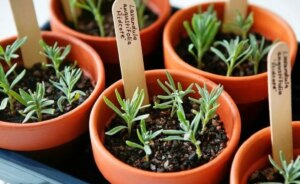
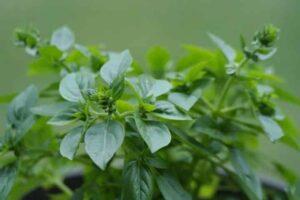
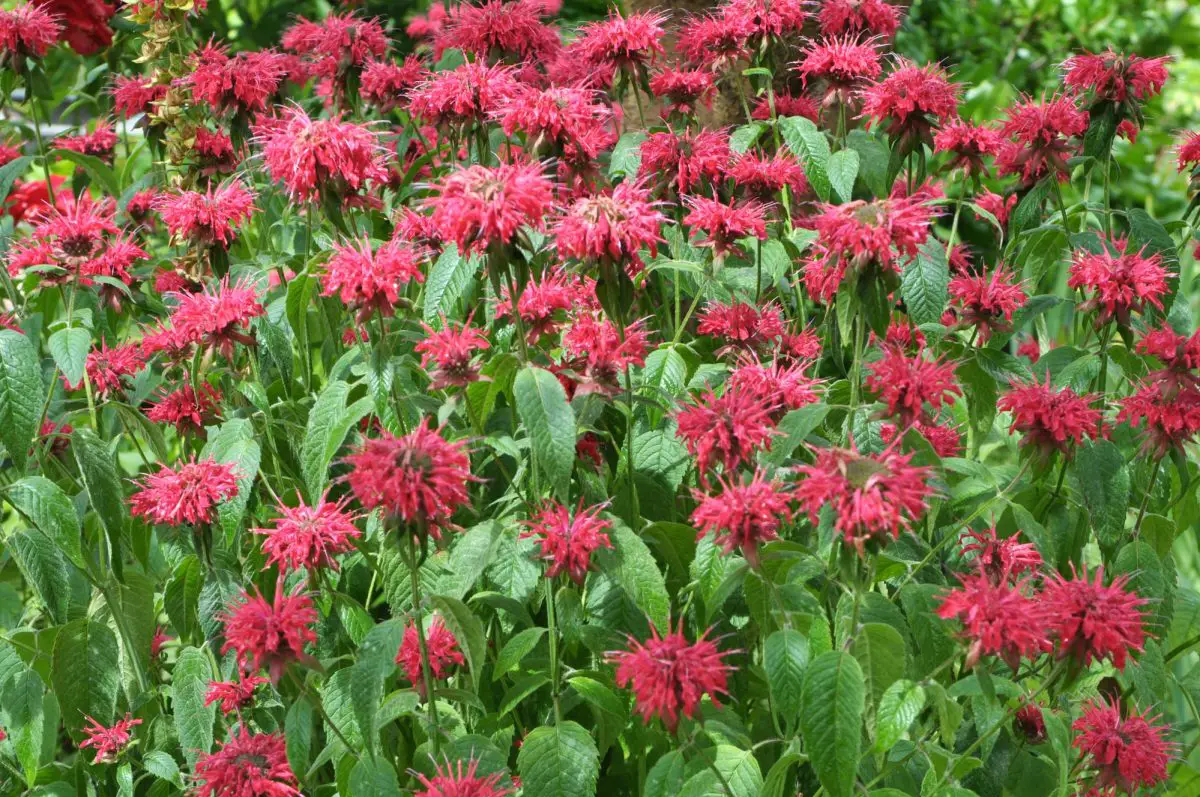
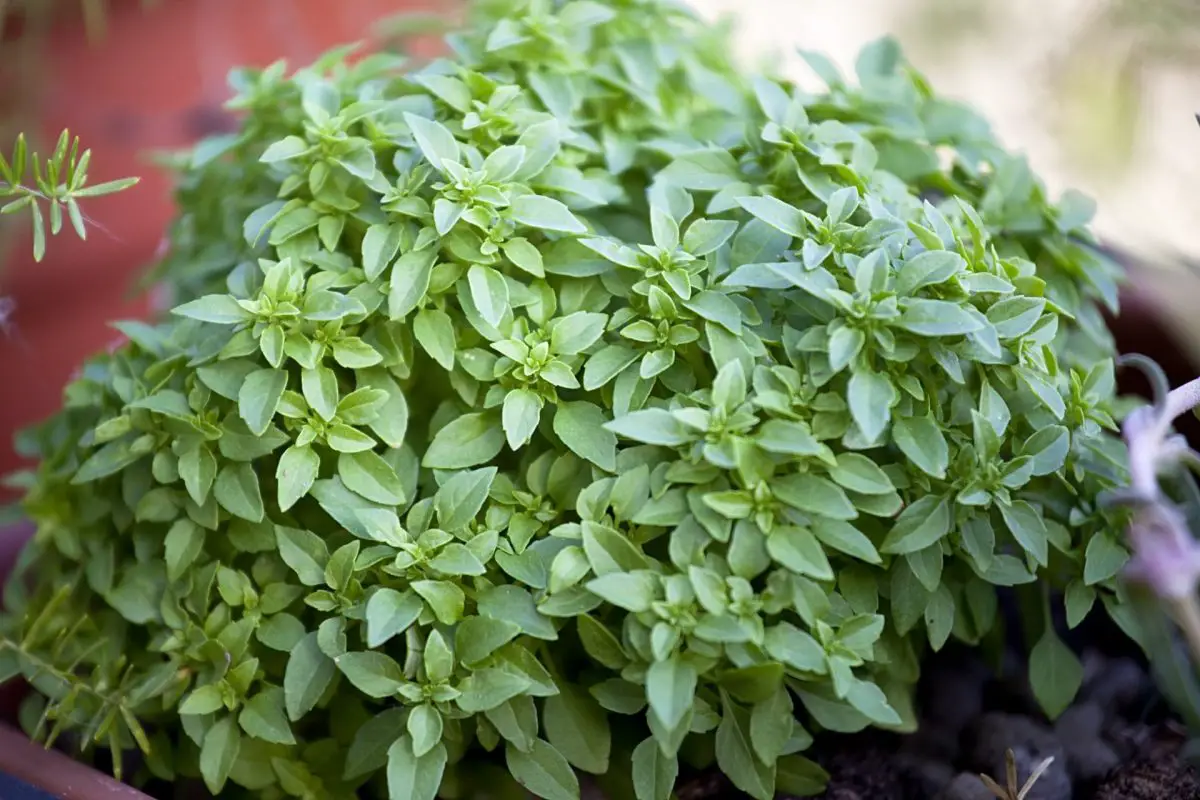
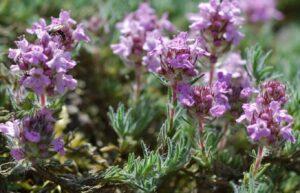
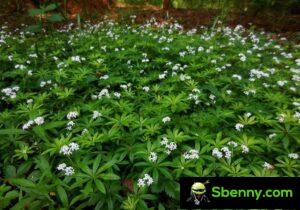
Start a new Thread